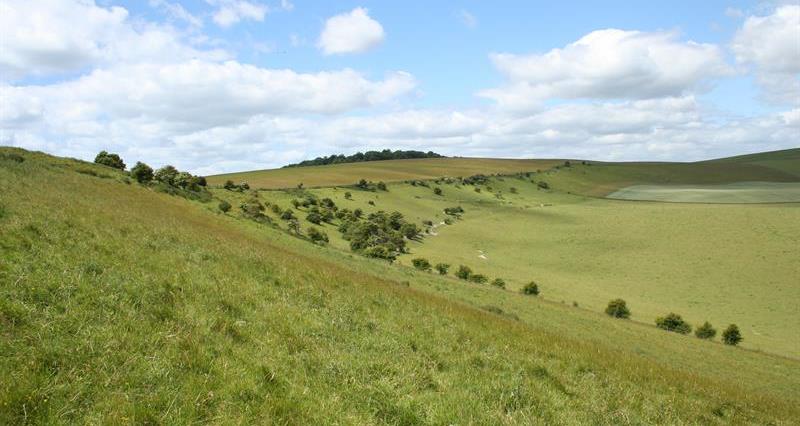In the UK
2019 saw the 12th warmest year in a series from 1884. The top 10 warmest years for the UK in this series have occurred since 2002. Most significantly:
- In late February, a new winter temperature record of 21.2C was set breaking the previous record by a wide margin.
- In late July, a new all-time record of 38.7C was set during a brief but exceptional heatwave.
Rainfall for the UK overall was 107% of the 1981–2010 average. England and Wales had its fifth wettest autumn in a series from 1766. Most significantly:
- Flooding from persistent heavy rain affected parts of Lincs in mid-June, and flash-flooding hit parts of the Pennines and northern England in late July.
- In November, South Yorkshie, Derbyshire, Nottinghamshire and Lincolnshire were severely flooded.
- Common shrubs and trees were in leaf for 12.2 days longer on average compared with the baseline (1999-2008).
Across the world:
- 2019 was among the three warmest years in records dating to the mid-1800s.
- Globally averaged sea surface temperature was the second highest on record and upper ocean heat content was at a record high. The ocean absorbs more than 90% of Earth’s excess heat from global warming. Oceans also absorbed a record amount of CO2 and pH levels continue to decrease.
- Total precipitation across global land areas was below the 1981–2000 average.
- There were 96 named tropical storms well above the 1981–2010 average of 82.
- The growing season was an average of eight days longer than the 2000–10 average in the Northern Hemisphere.
Further information:
You can read more on the Met Office’s State of the UK Climate here.
You'll also find more on the state of the world’s climate here. This report is based on contributions from more than 520 scientists from over 60 countries around the world and is based on tens of thousands of measurements from multiple independent datasets.
More from NFUonline:

